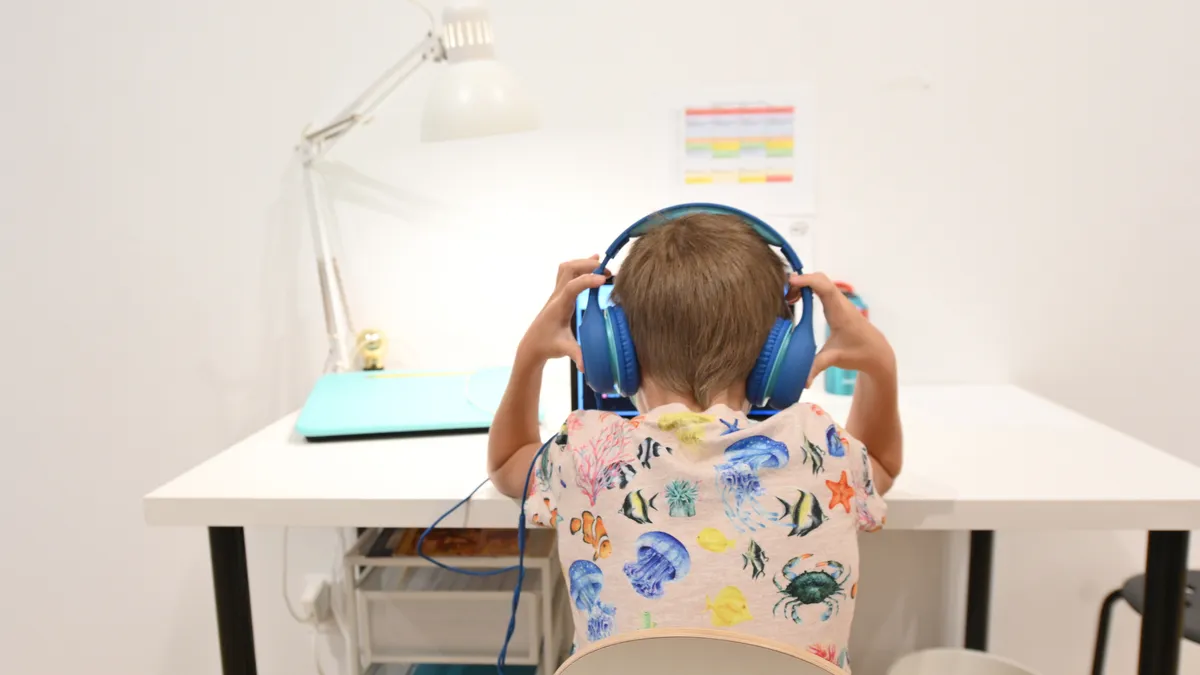A new economic analysis found that extending affordable broadband through schools and libraries and other “anchor institutions” can be the most low-cost and financially sustainable option for connecting households lacking internet access.
This analysis shows working with a private cellular company costs five to 10 times more than if a school were to use the Citizens Broadband Radio Service to create and share its own wireless network with its community, said John Windhausen, executive director of the nonprofit Schools, Health & Libraries Broadband Coalition.
The Citizens Broadband Radio Service is a repurposed transmission band, which was authorized by the Federal Communications Commission in 2020 for full commercial use. Originally, this band could only be used by the U.S. Department of Defense, specifically for Navy radar systems.
Using the Citizens Broadband Radio Service could be a more affordable way to close the homework gap for students lacking sufficient home internet access, Windhausen said.
The report also recommended that state and federal policymakers allow anchor institutions, including schools and libraries, develop their own wireless networks. These efforts can include schools working with the private sector or on their own.
Raul Katz, president of Telecom Advisory Services and director of business strategy research at the Columbia Institute for Tele-Information, conducted the economic analysis, which was contracted by SHLB and the Open Technology Institute at New America, a nonprofit policy institute.
Most of the 2,164 respondents in the 2021 E-rate survey by consulting firm Funds for Learning said they want to see expanded E-rate support for internet connections beyond school and library campuses. The FCC’s E-rate program provides discounts on telecommunications and internet access to schools and eligible libraries depending on the poverty level of the communities they serve. The program currently does not provide funding for internet access beyond a school or library’s doors.
In 2021, SHLB, New America and other advocates petitioned the FCC to expand E-rate funding to cover off-campus needs during pandemic-related remote learning. That same year, Congress authorized the Emergency Connectivity Fund, a $7.17 billion FCC program that primarily permitted schools to purchase monthly internet subscriptions for mobile hotspots and other services.











